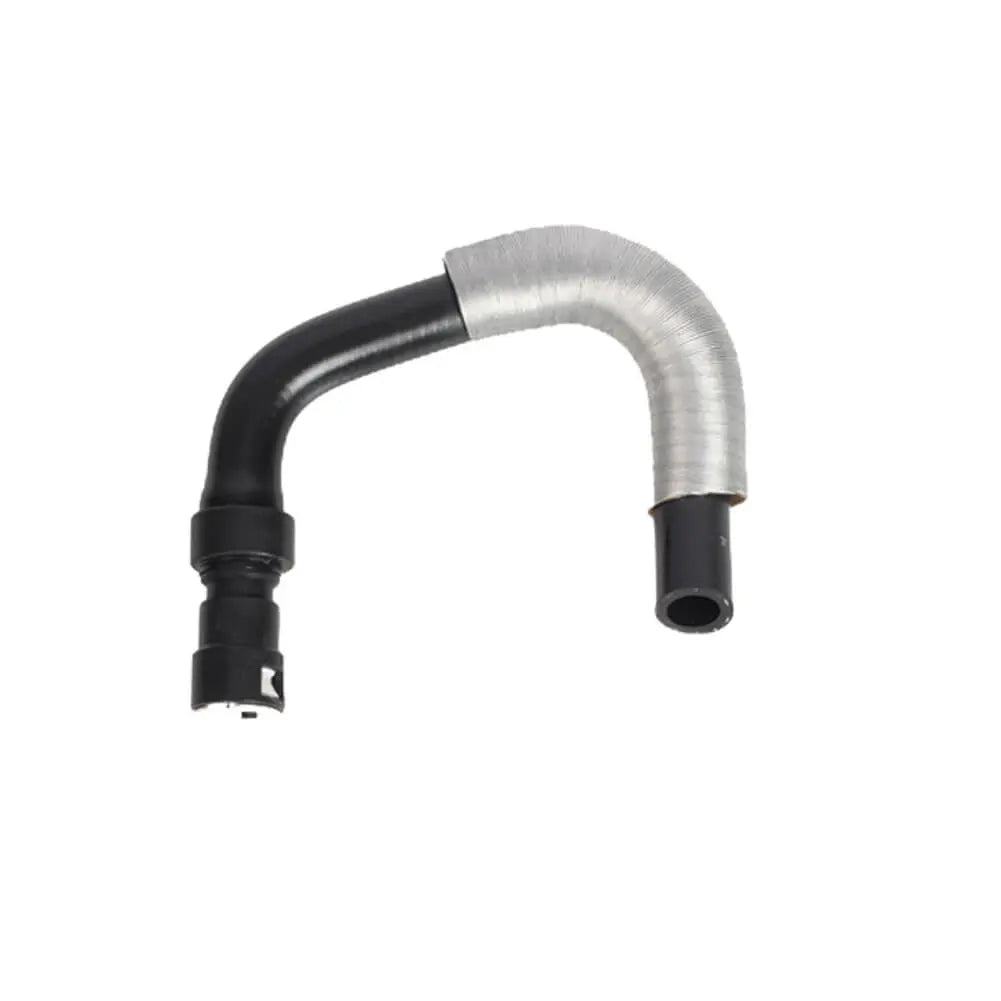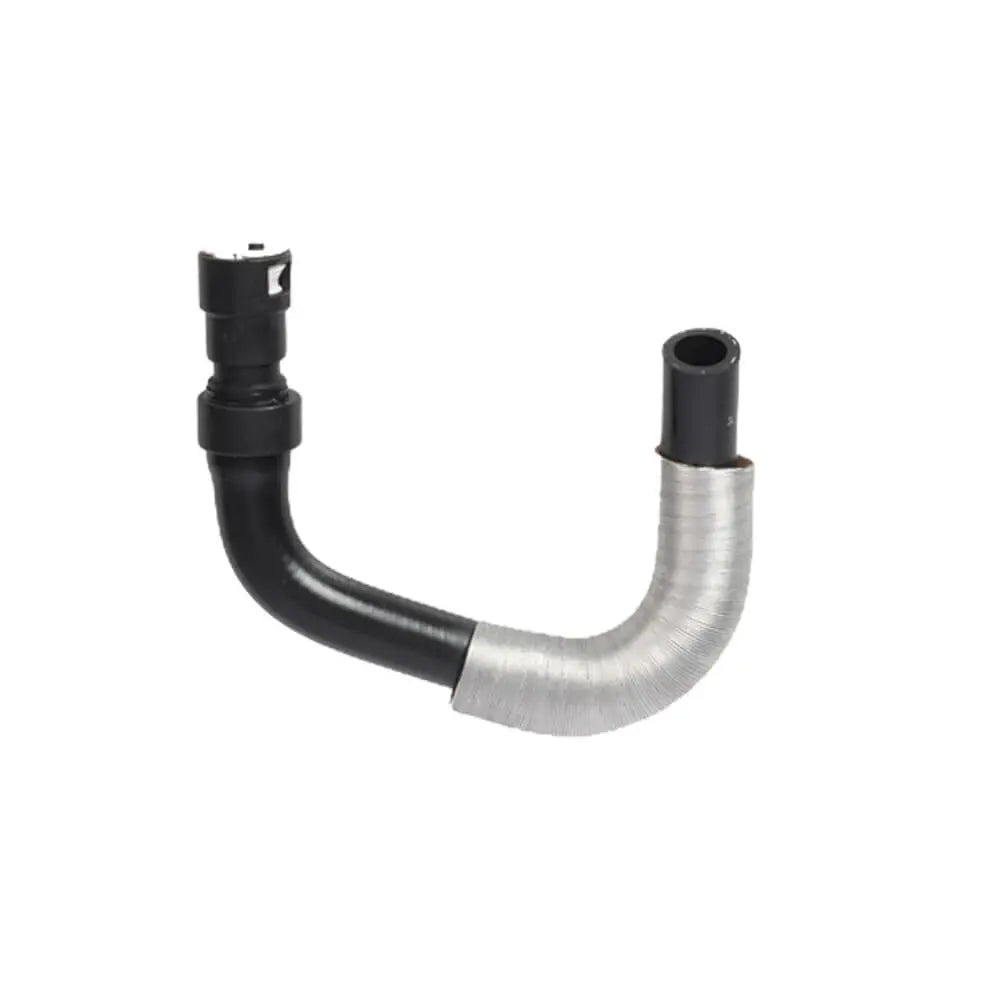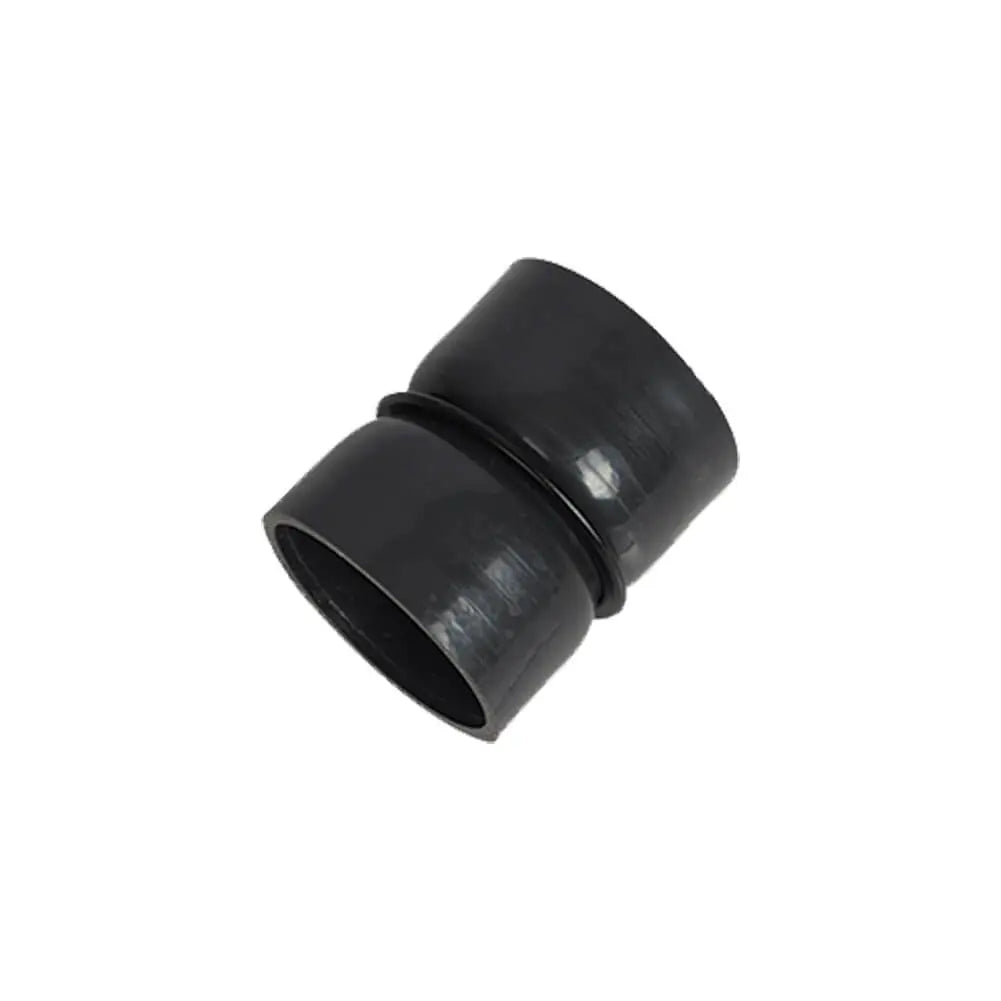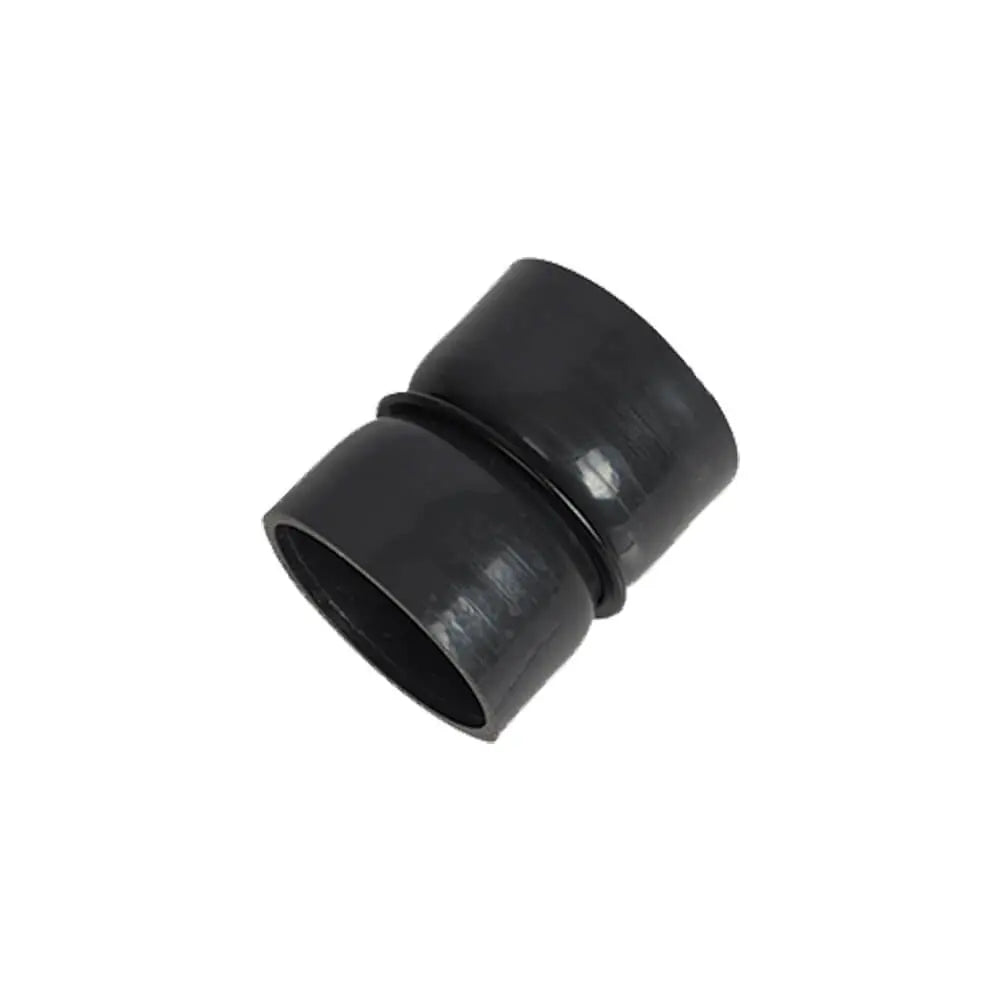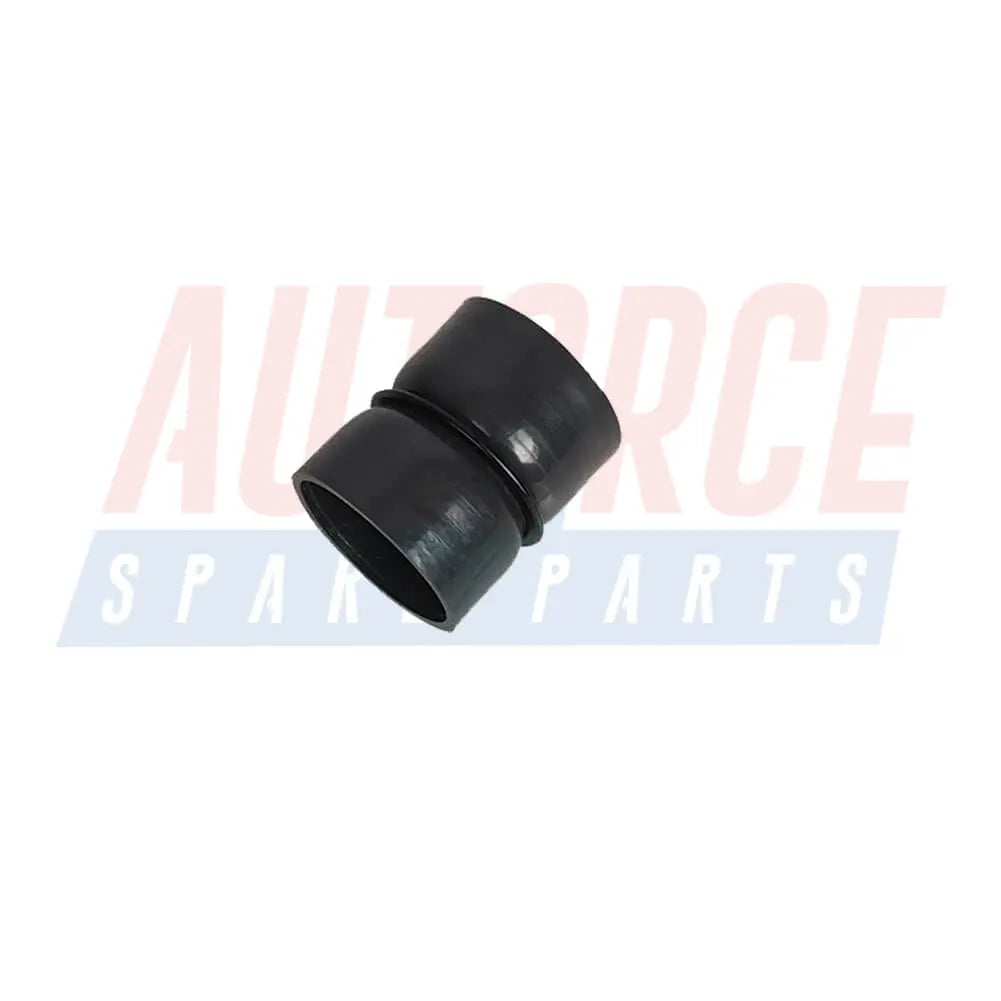Hose, Heat Exchange Heating
22 products
Showing 1 - 22 of 22 products
Efficient Heating Systems: Hoses and Heat Exchange for Cars
During the colder months, a reliable heating system is essential for the comfort and safety of passengers in a car. A well-designed heating system relies on the seamless coordination of hoses and heat exchange mechanisms to efficiently transfer heat and maintain a cozy interior regardless of the external temperature. In this article, we will explore the crucial role of hoses and heat exchange in car heating systems, shedding light on their design, functionality, and benefits.The Importance of a Well-Functioning Car Heating System:
A car heating system is not just a luxury but a necessity, especially in regions with harsh winters. A comfortable and warm interior can help drivers and passengers stay focused and relaxed during their journey, ensuring a safe driving experience. Beyond comfort, an efficient heating system also prevents fogging on the windshield, improving visibility, and reducing the risk of accidents.Understanding Hoses in Car Heating Systems:
Hoses are an integral part of the car heating system, responsible for carrying hot coolant from the engine to the heater core located inside the passenger compartment. The engine produces heat during its operation, which is transferred to the coolant. The coolant then circulates through the hoses, transferring the heat to the heater core.Hose Material and Construction:
The hoses used in car heating systems are typically made of rubber or silicone, both of which are flexible and resistant to high temperatures. Rubber hoses are more commonly found in older vehicles, while silicone hoses are preferred in modern cars due to their increased durability and resistance to wear and tear.Ensuring Proper Hose Maintenance:
To ensure the longevity and efficiency of the heating system, regular maintenance of the hoses is crucial. Over time, hoses may develop cracks or become brittle, which can lead to leaks and eventual system failure. Regular inspections and replacement of worn-out hoses are essential for keeping the heating system in top condition.Heat Exchange Mechanisms in Car Heating Systems:
The heater core, located inside the dashboard, is the primary heat exchange mechanism responsible for warming the car's interior. This small radiator-like component is constructed with small tubes and fins, and hot coolant flows through these tubes. As the blower fan forces air over the heater core, the heat from the coolant is transferred to the air, which is then directed into the passenger compartment.Dual-Purpose Heat Exchange - Cooling System:
Interestingly, the heater core also serves another critical function within the car – assisting the cooling system. When the car's engine becomes too hot during operation, a valve directs hot coolant away from the heater core, preventing heat transfer to the interior. This process helps regulate the engine's temperature and prevents overheating.Benefits of an Efficient Heating System:
Comfort and Safety: An efficient heating system ensures a comfortable interior temperature, preventing discomfort and potential health issues due to extreme cold.Visibility: Clear visibility is crucial for safe driving. A functional heating system helps defog the windshield, improving the driver's vision.
Resale Value: A well-maintained heating system adds value to the car, making it more appealing to potential buyers.
A properly functioning heating system with well-maintained hoses and a reliable heat exchange mechanism is crucial for a comfortable and safe driving experience, particularly during colder months. Regular maintenance, including inspections and timely replacements, will help ensure that your car's heating system performs optimally. So, before the winter arrives, have a professional mechanic check your car's heating system to keep you warm and cozy on the roads. Stay safe and enjoy the ride!
Showing 1 - 22 of 22 products
Display
View
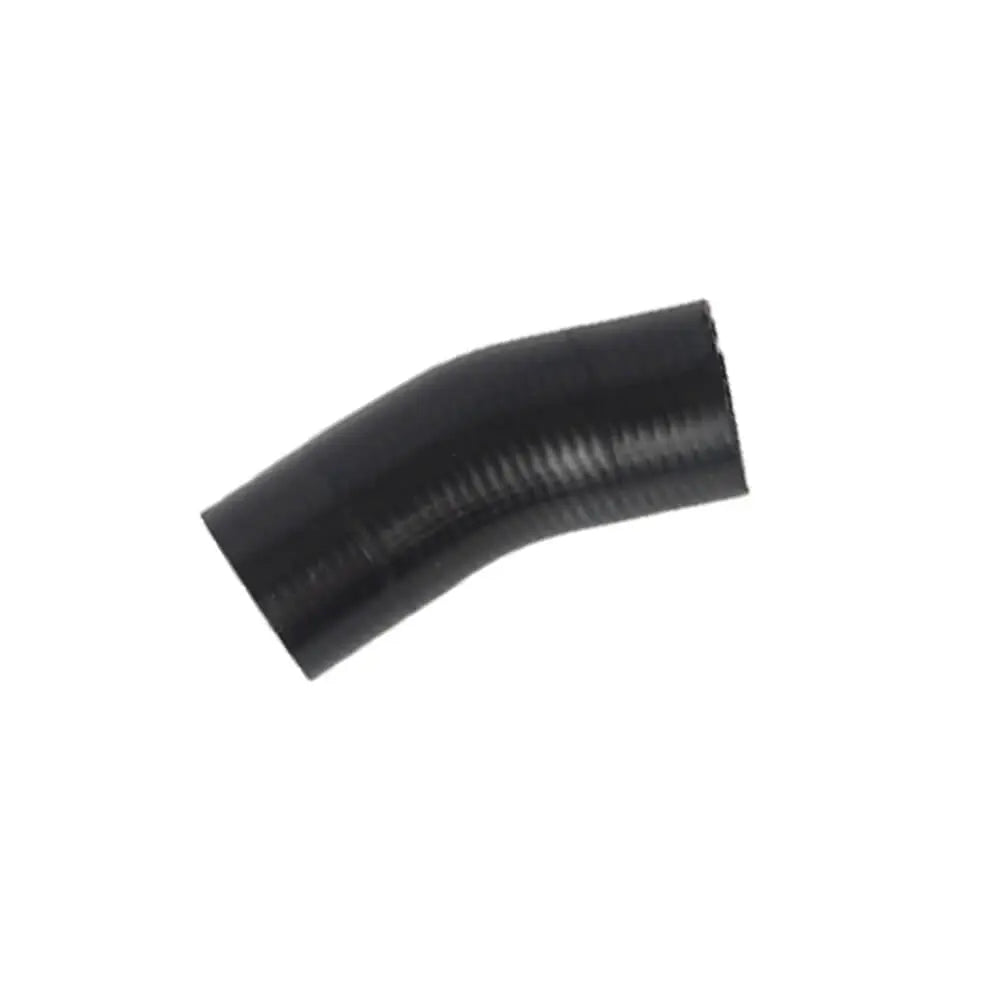
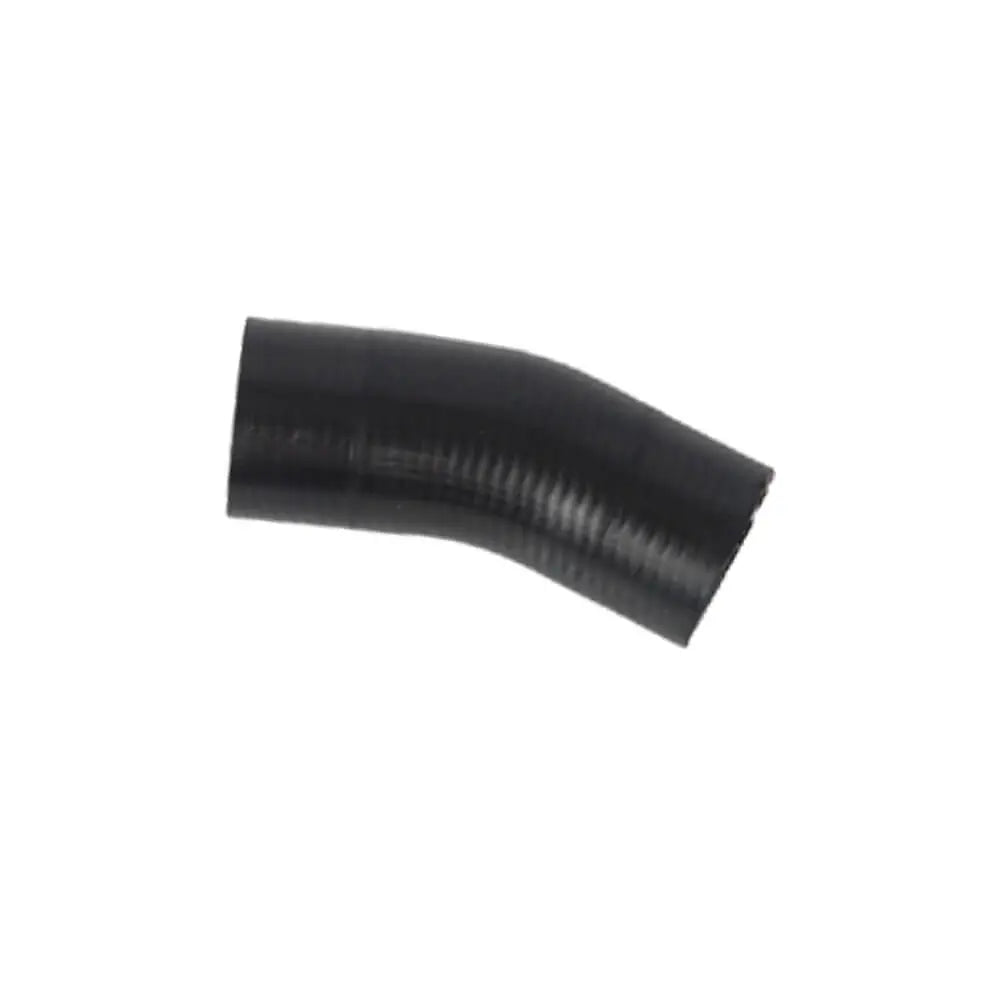
Thermostat Hose Pipe For Ford Fiesta Focus Tourneo Transit Galaxy S-Max Mondeo 1.8 TDCi (2000 - 2015) XS4Q8A567CC
In stock, 46 units
Sale price£8.89


Heater Inlet Hose Pi̇pe For Ford Tourneo Connect 1.8 TDCi (2002 - 2013) 7T168A567BA, 1459029
Sold out
Sale price£12.90
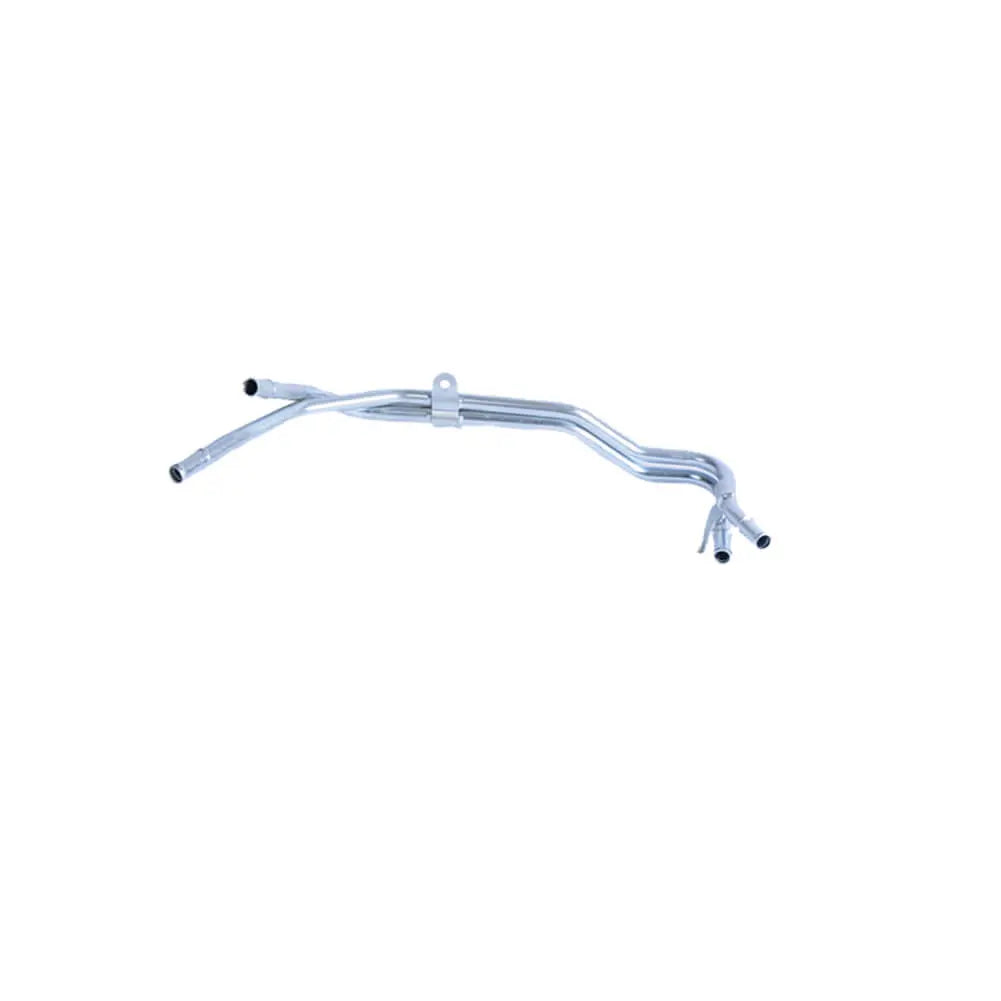
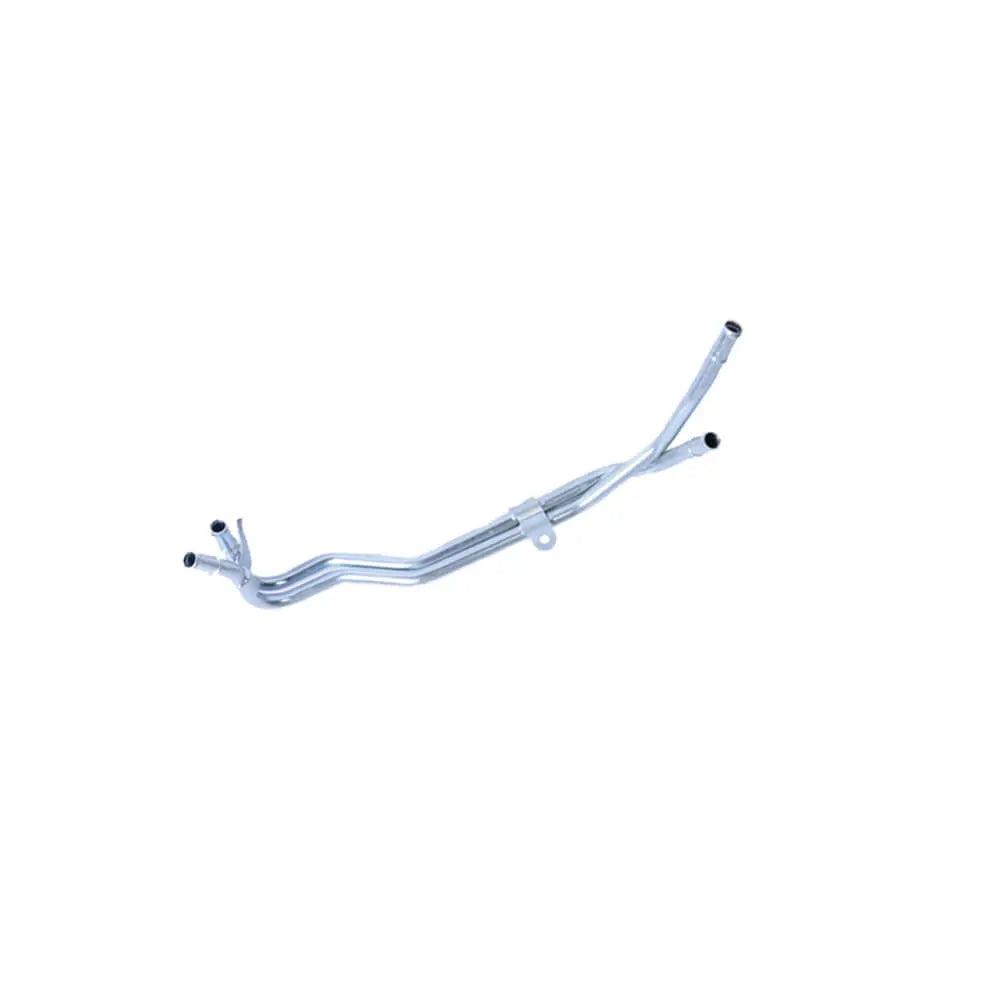
Heat Exchange Water Hose Pipe For Ford Transit 2.4 TDE (2000 - 2006) 5C1618N344AA, 1434191, 2C1118N344CA
Only 5 units left
Sale price£14.99


Heater Hose For Chevrolet Aveo Cruze Trax - 5826484, GM 55559352, 826004
Only 5 units left
Sale price£12.90


Heater Hose For Vauxhall Astra Insignia Mokka Zafira - 826001, GM55574685, 5826484
Only 5 units left
Sale price£12.90


Heater Hose For Opel Astra Insignia Mokka Zafira 1.6 1.4 - 826001, GM55574685, 5826484
Only 5 units left
Sale price£12.90
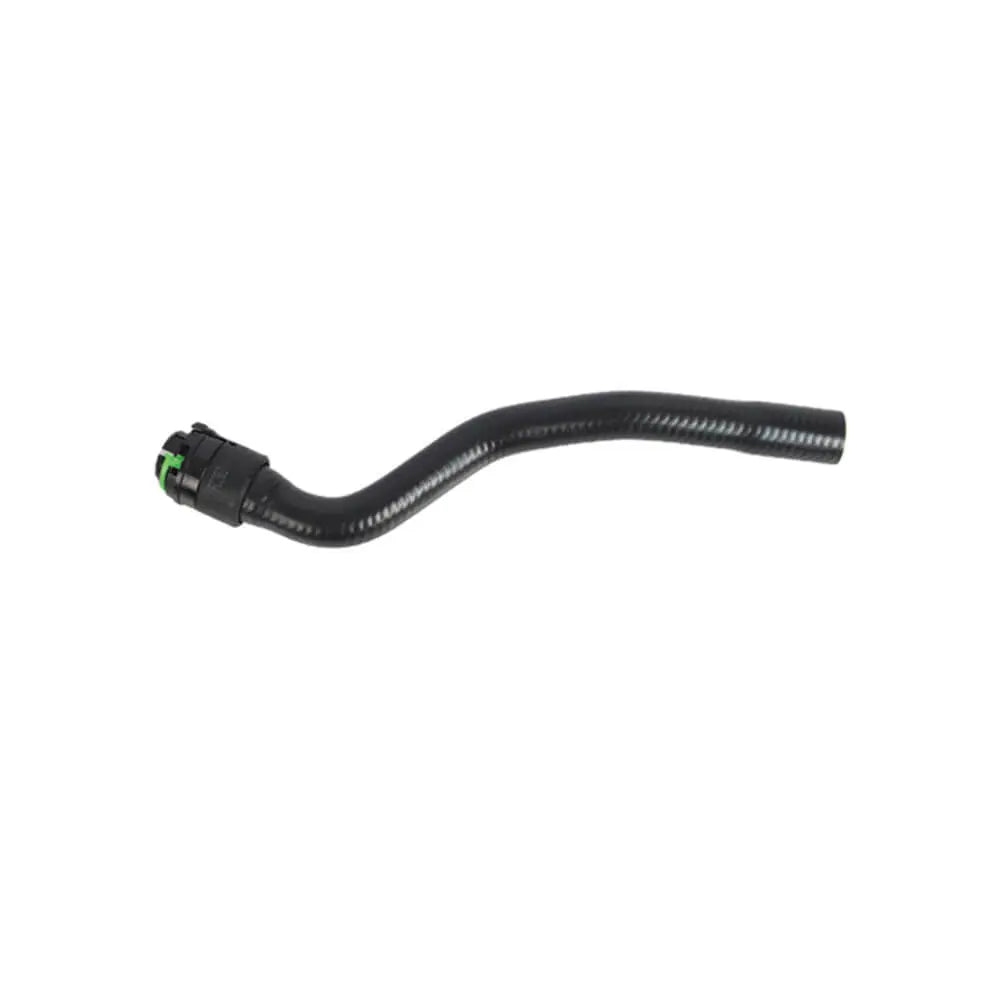

Heater Outlet Hose For Vauxhall Astra V Zafira II - 6818568, GM 13118275
Only 5 units left
Sale price£16.90
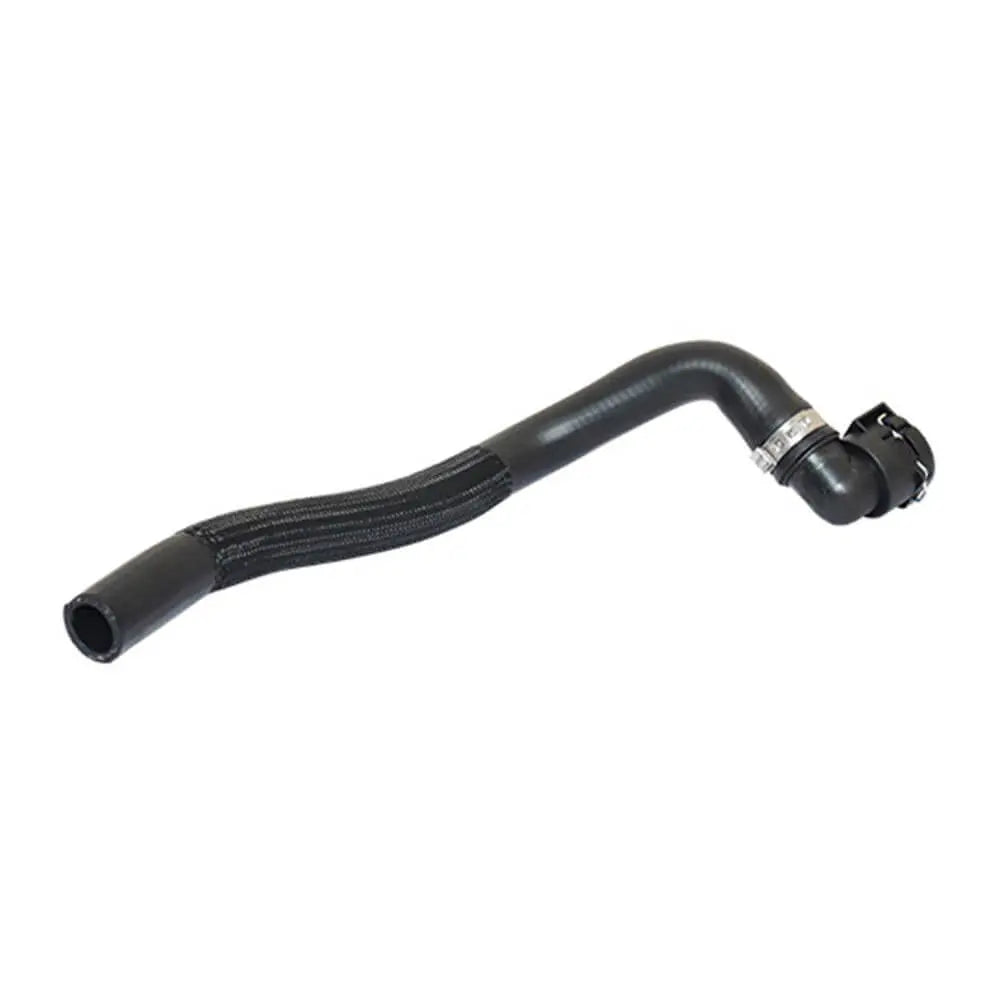

Heater Inlet Hose Pipe For Opel For Vauxhall Corsa D (S07) 1.0, 1.2, 1.4 (2006 - 2014) 13249356, 13353976, 1818479
Only 5 units left
Sale price£15.90
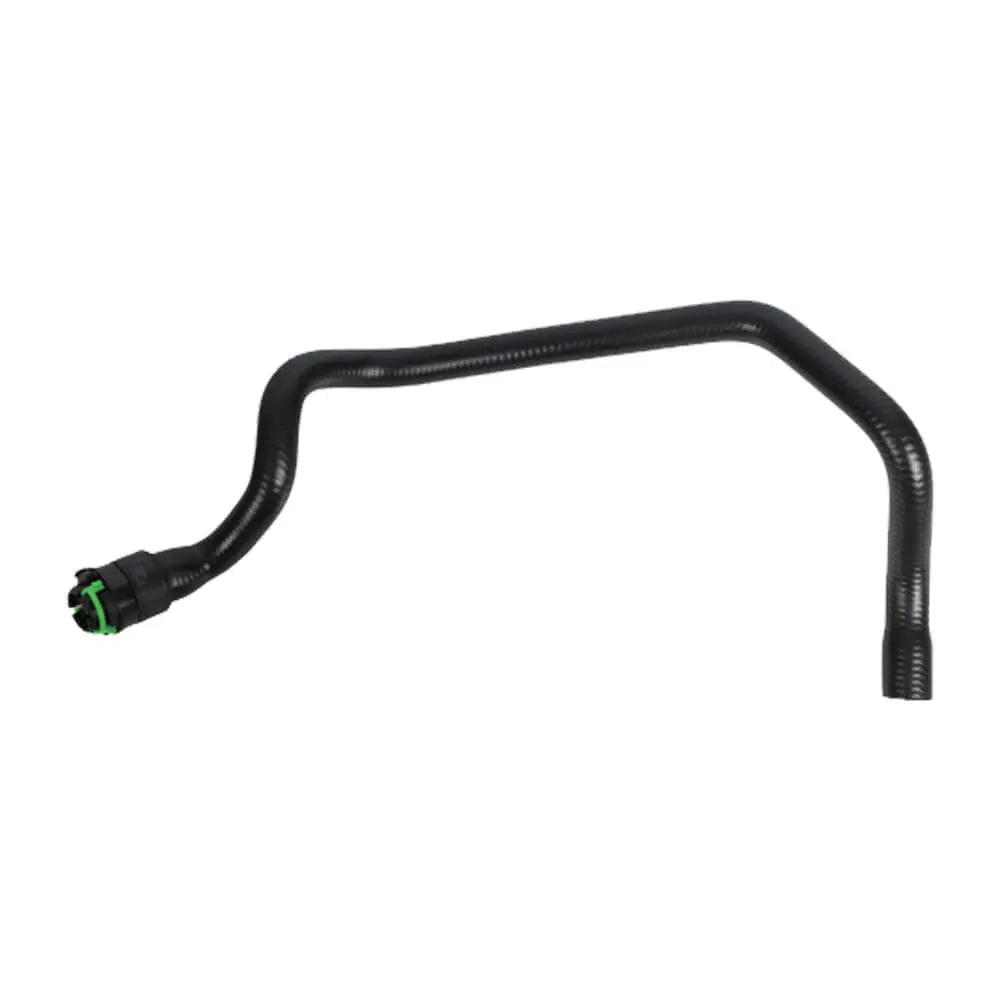
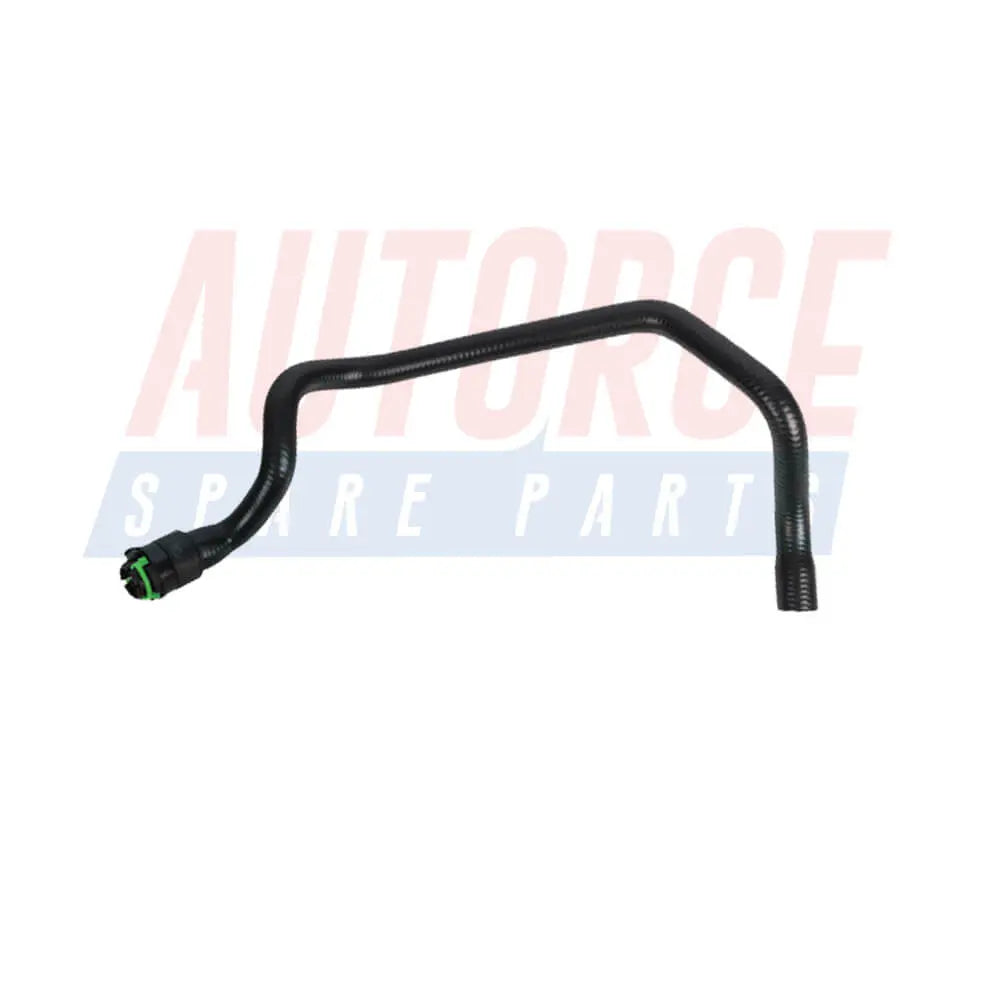
Heater Outlet Hose Pi̇pe For Vauxhall For Opel Astra H A04 Mk5 1.2, 1.4 (2004 - 2010) 6818572, GM13123421
In stock, 50 units
Sale price£14.90

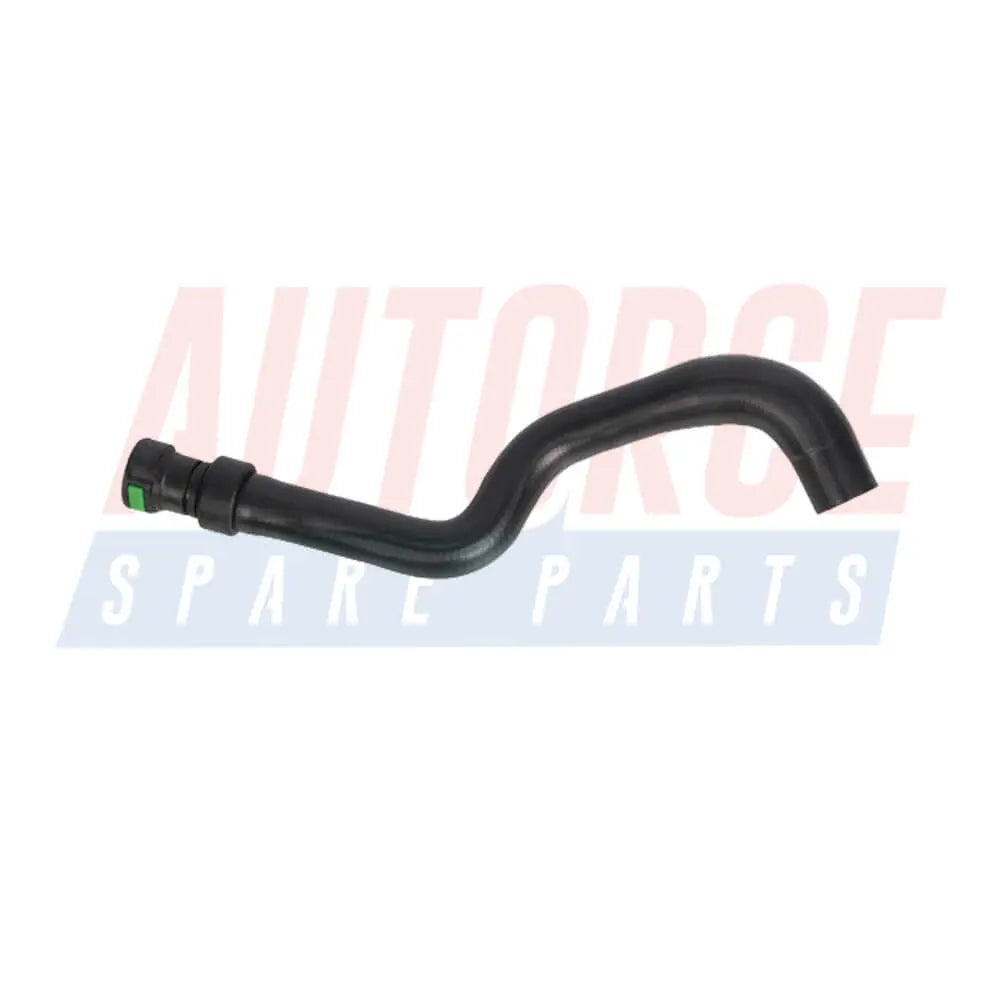
Heater Water Hose Pipe For Ford Fiesta Mk5 Fusion (2001 - 2012) 2S6H18K579AB, 1547685, 2S6H18K579AA
Only 3 units left
Sale price£14.90

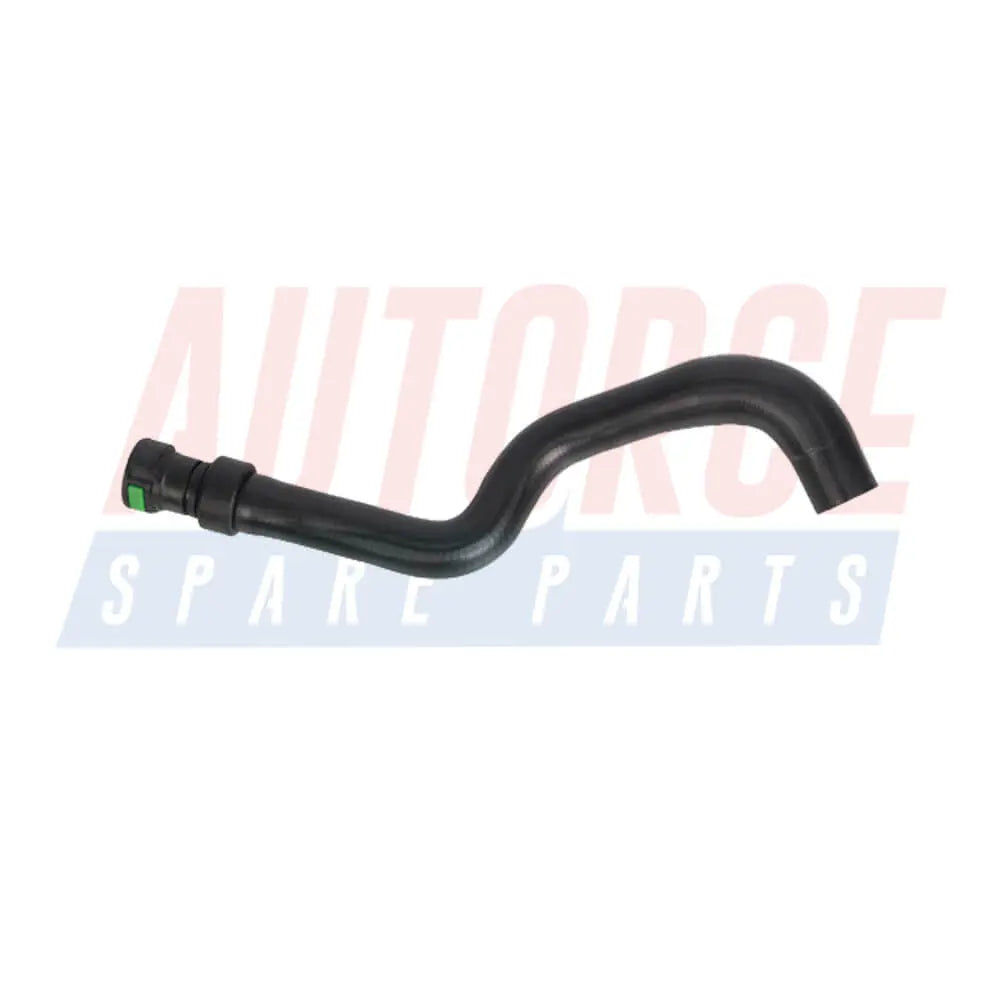
Heater Water Hose Pipe For Mazda 2 (DY) DEMIO 1.4 1.6 1.25 (2003 - 2007) 2S6H18K579AB, 1547685, 2S6H18K579AA
Only 3 units left
Sale price£14.90
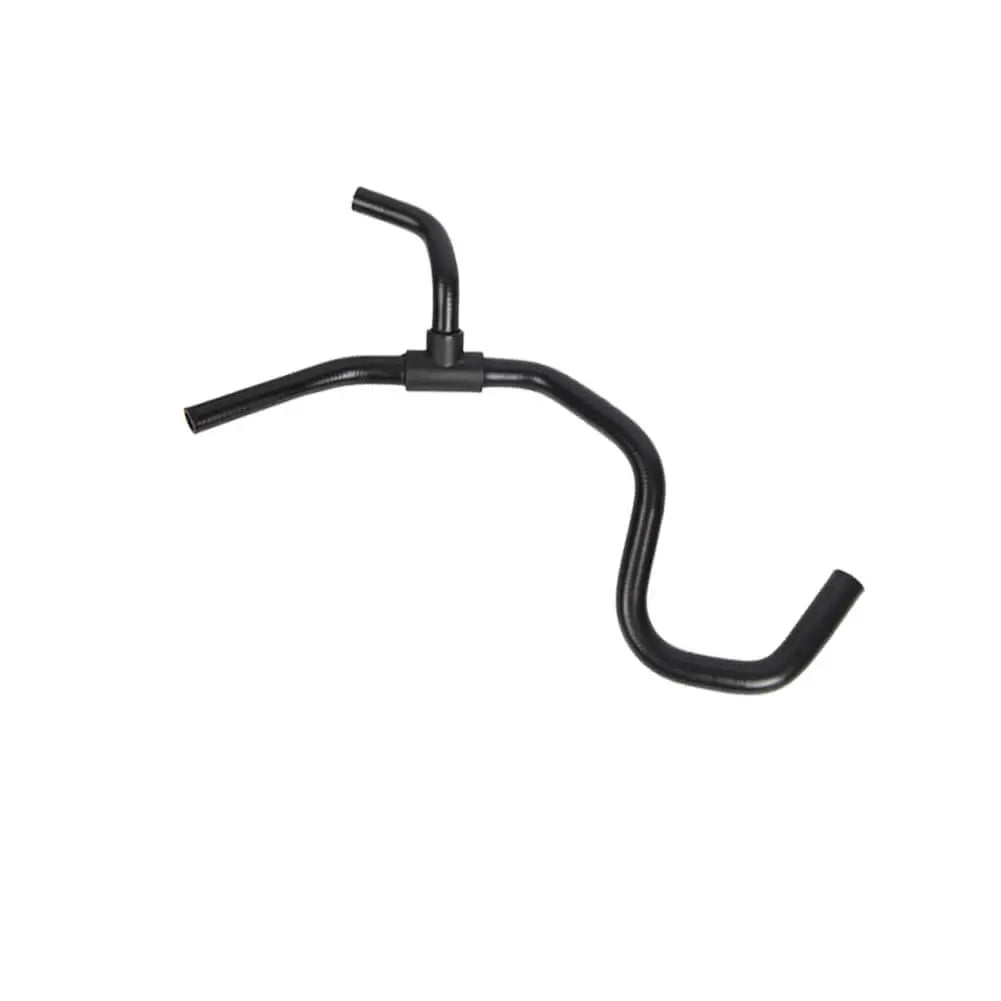
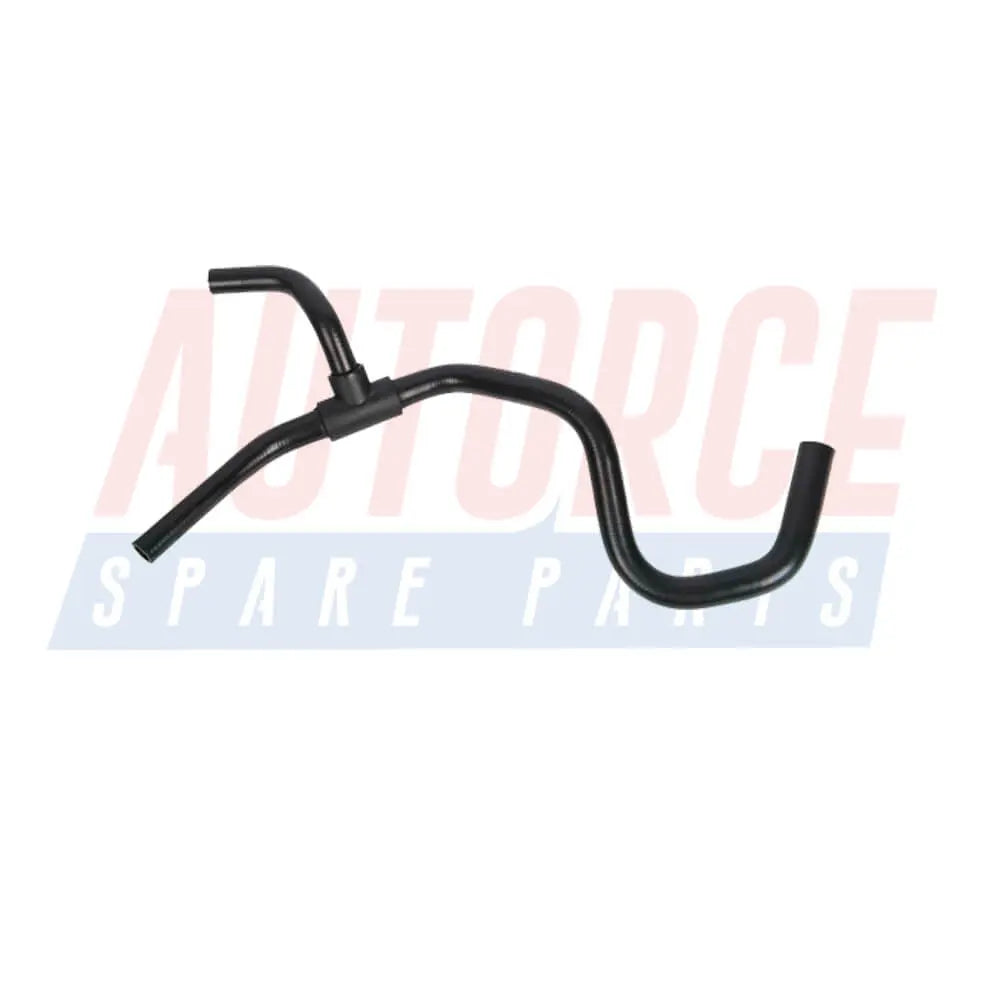
Heater Hose Pipe For Ford Transit 2.4 DI 2.0 DI 2.0 TDCi 2.4 TDE (2000 - 2006) 3C1118K579AA, 4510726, 2C1118K579FA
In stock, 50 units
Sale price£14.99
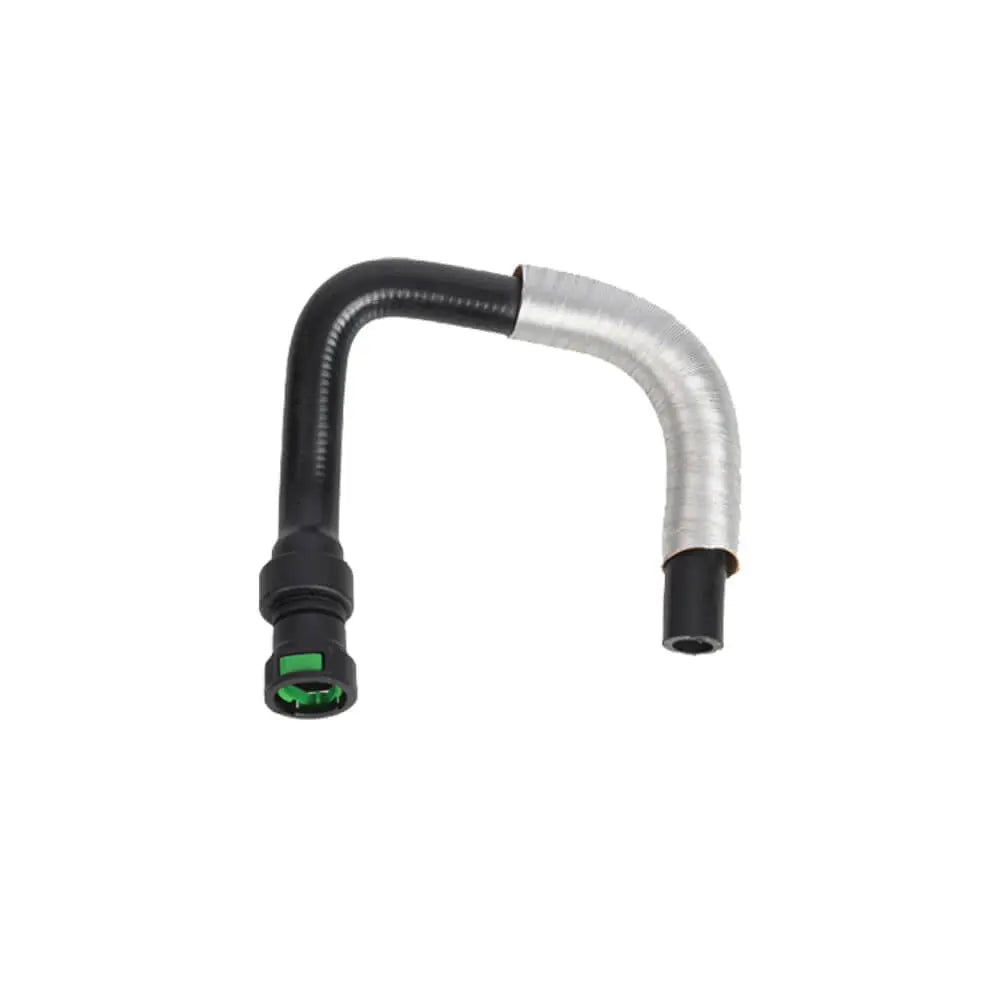

Heater Hose Pipe For Ford Transit 2.4 TDCi (2006 - 2014) 6C1618K579AB, 1419409, 6C1618K579AA
In stock, 50 units
Sale price£21.90
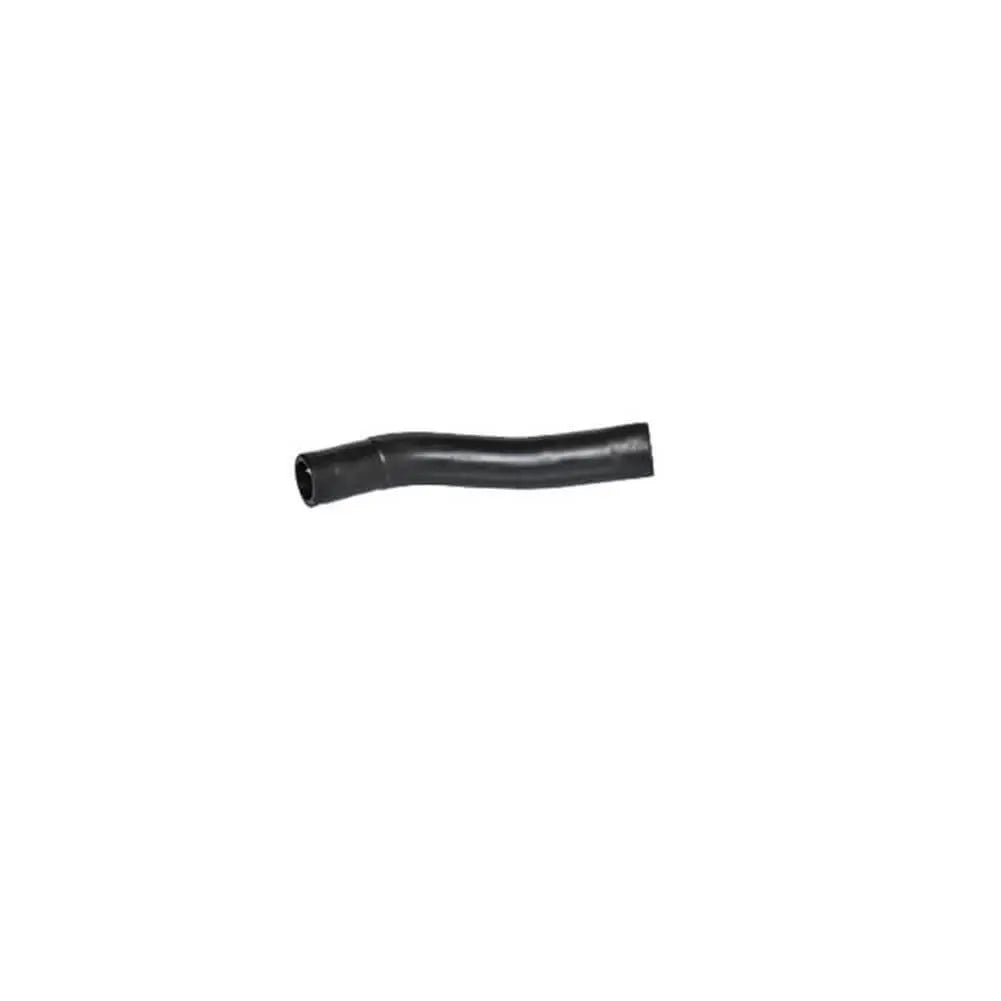

Heater Hose Pipe For Ford Focus Tourneo Transit 1.8 TDCİ (1998 - 2013) 7T1618K580AA, 1438149, 1S4118K580AB
In stock, 50 units
Sale price£5.90


Heater Inlet Hose Pipe For Ford Transit 2.4 TDCi (2006 - 2014) 6C1118K579AG, 6C1118K579AF, 1437301
Sold out
Sale price£19.90
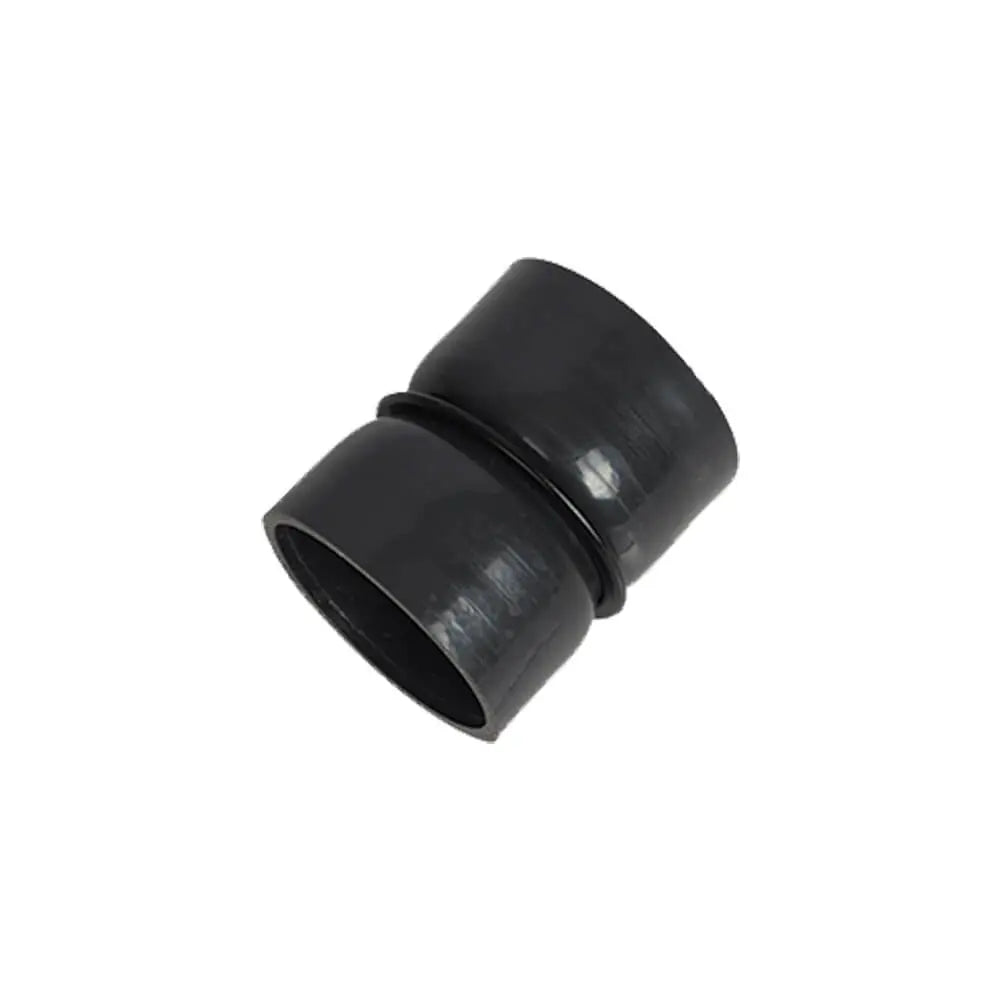
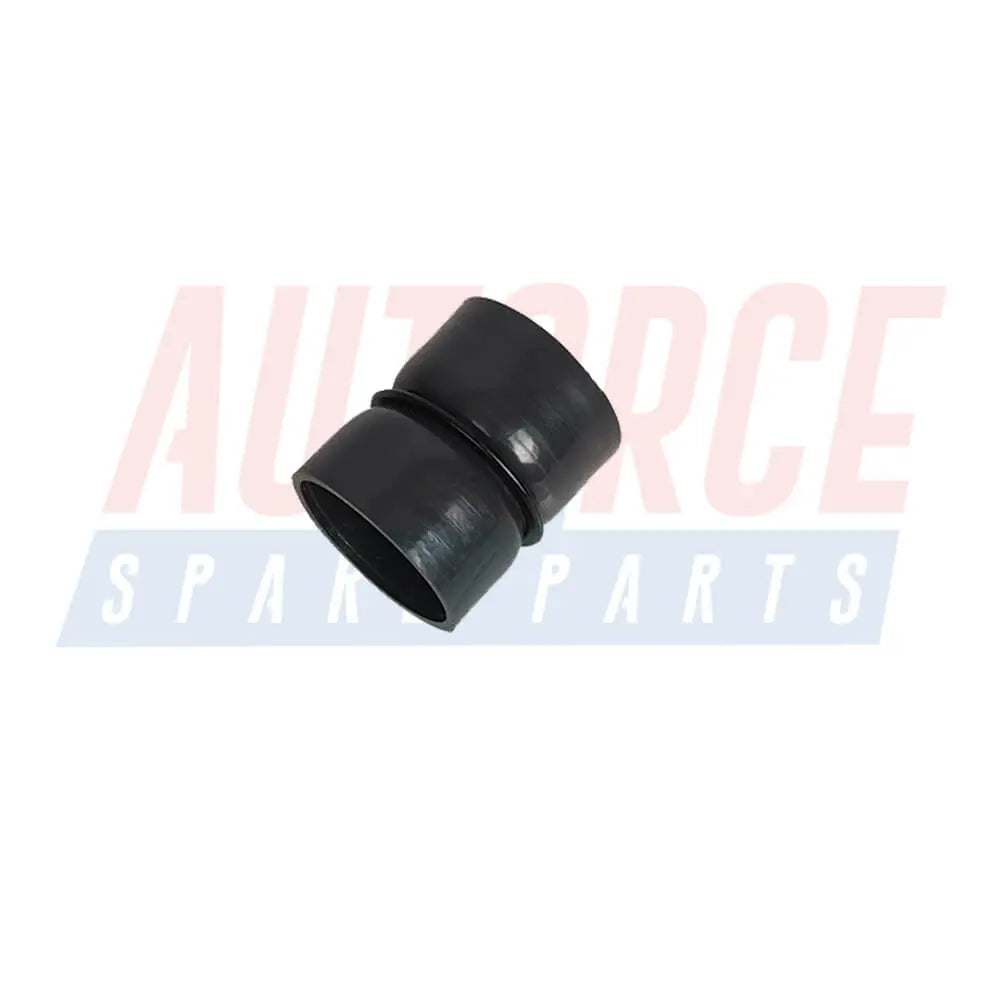
Turbo Intercooler Hose Pipe For Volvo S40 S80 V50 V70 C30 (1.6 D, 1.6 D DRIVe) - 31219683, 11617798123
Sold out
Sale price£14.90
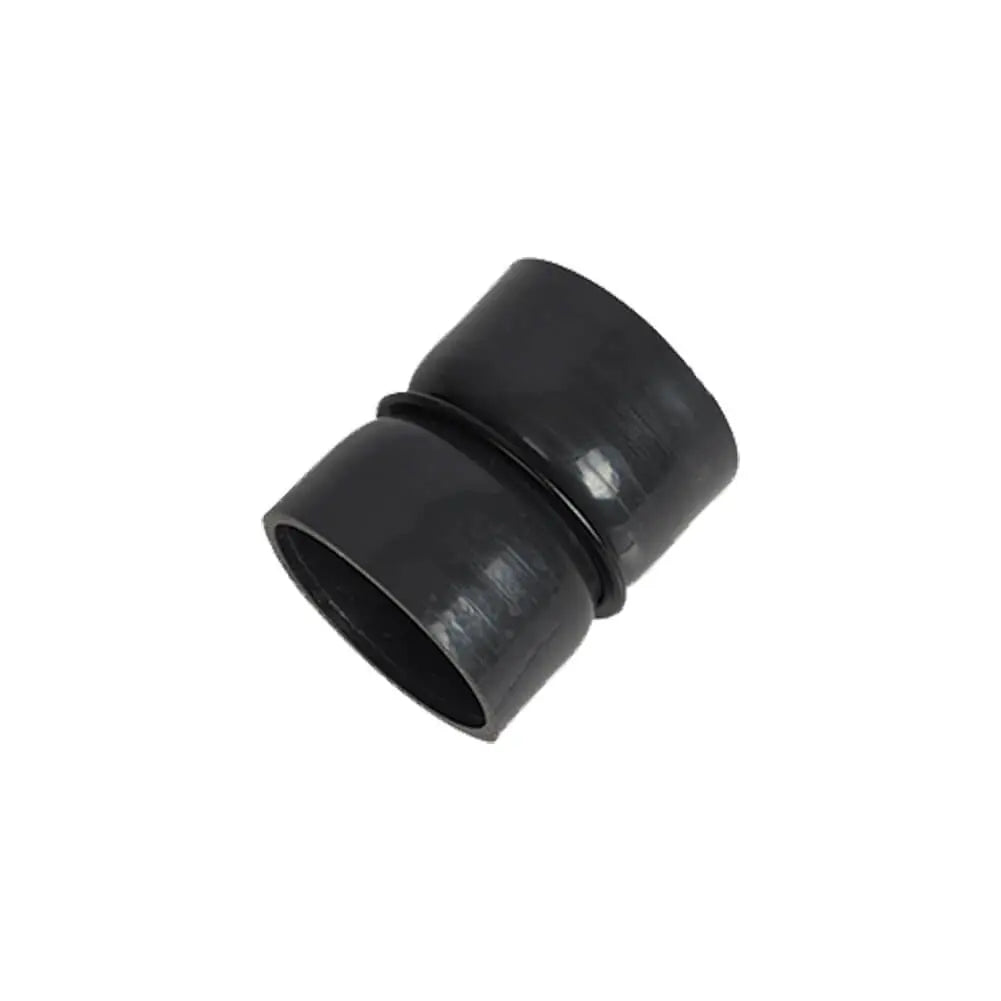
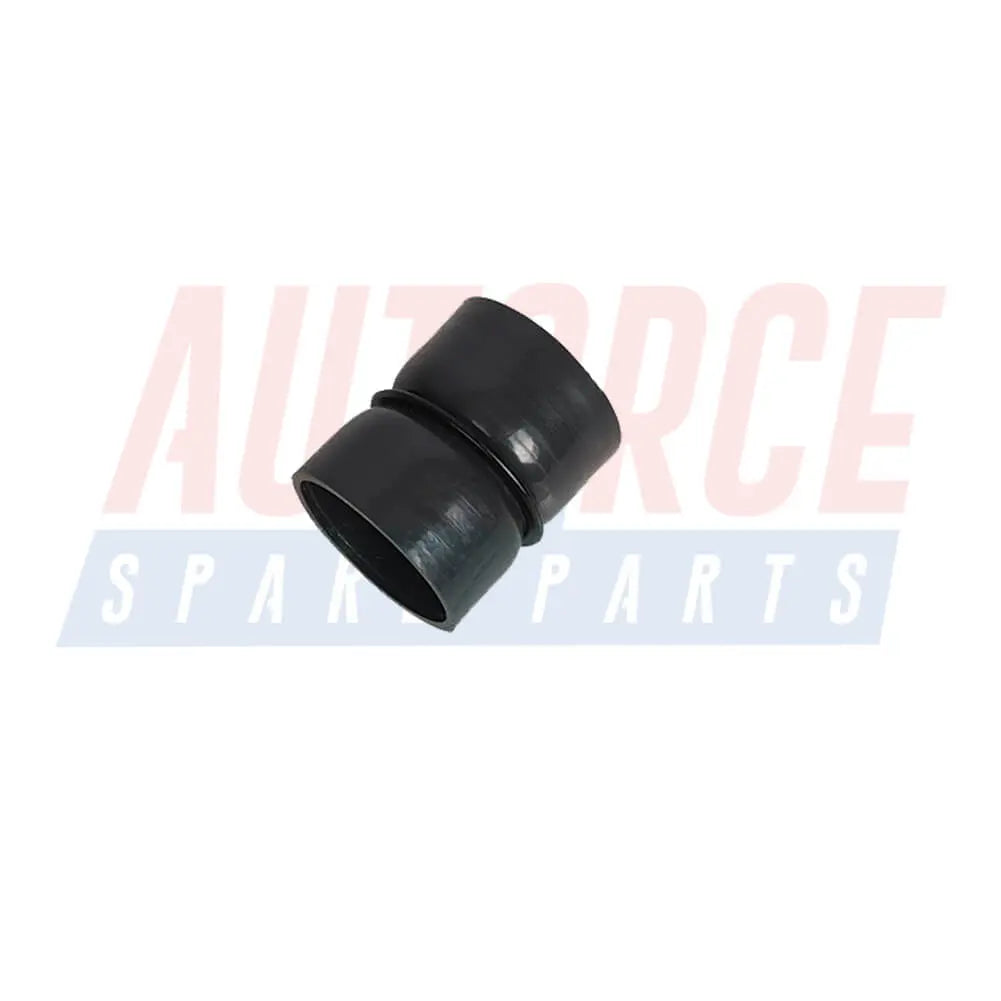
Turbo Intercooler Hose Pipe For Peugeot 307, 407 1.6 HDi - 0382.EL, 31219683, 11617798123
Sold out
Sale price£14.90
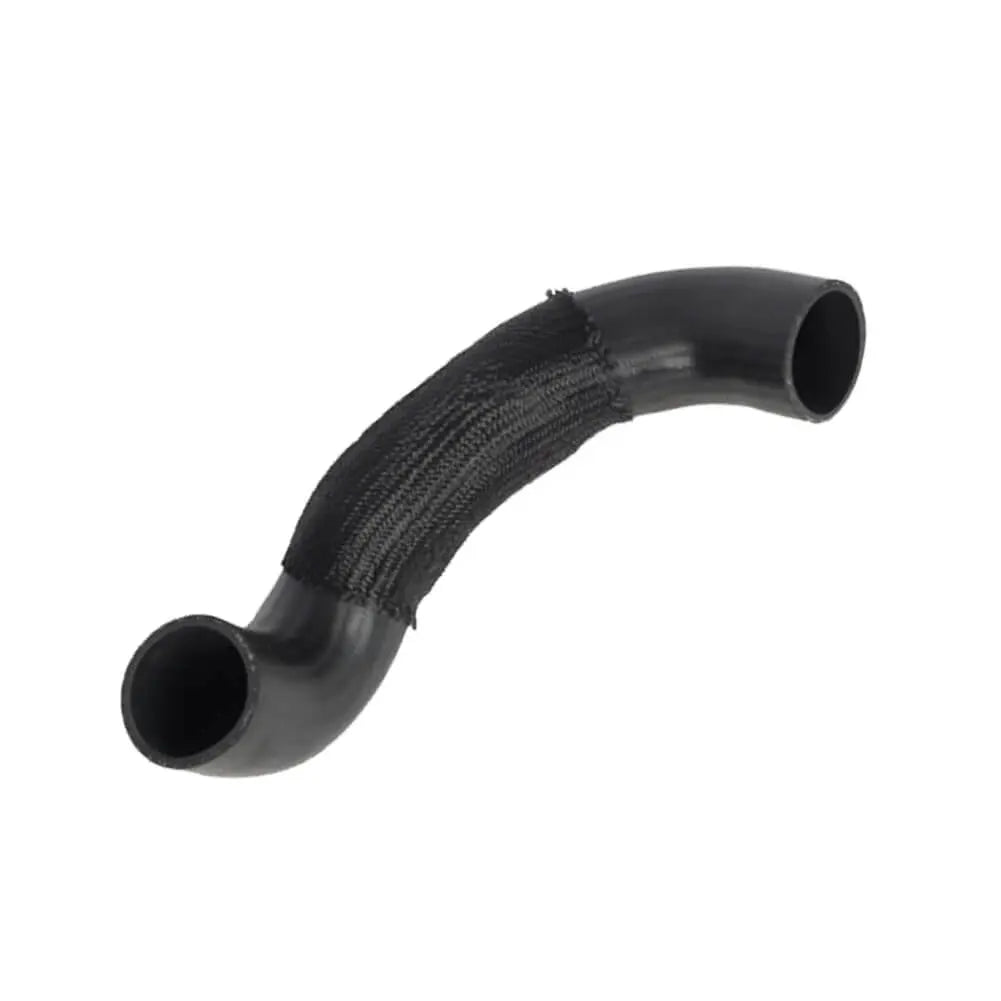
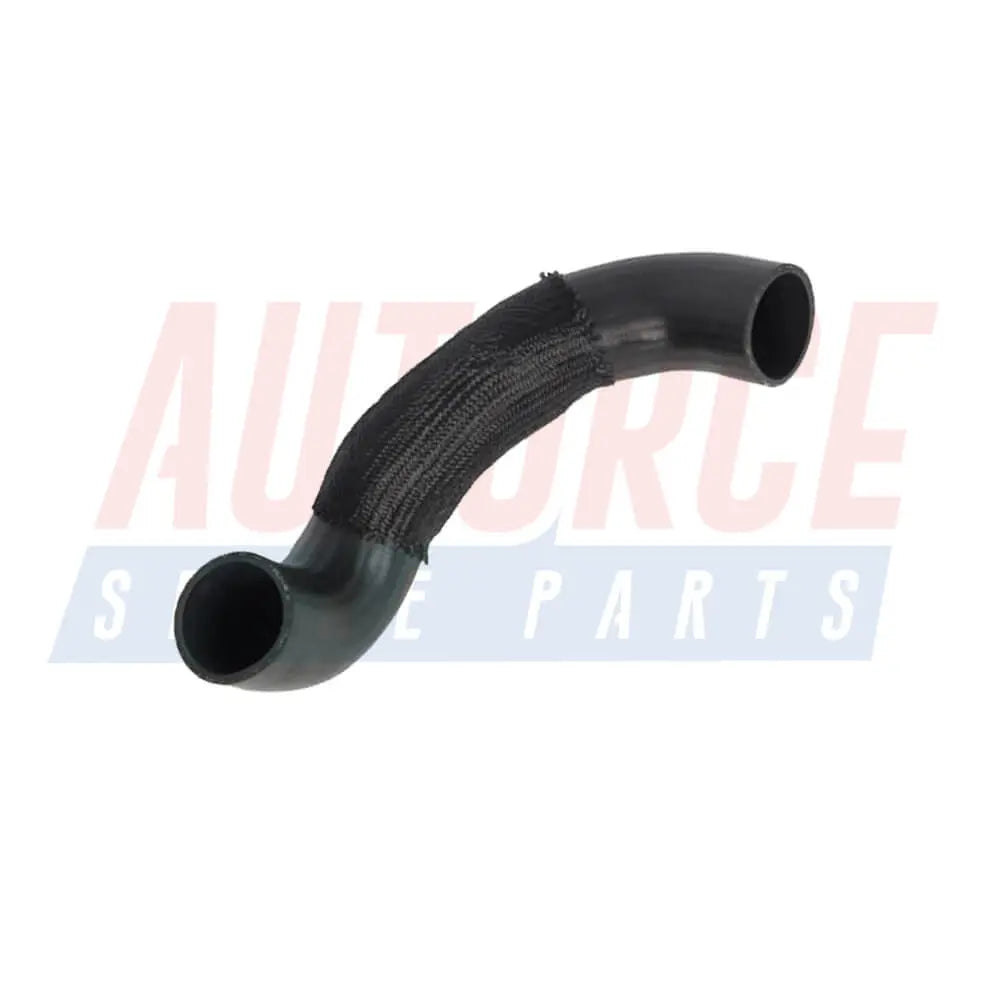
Intercooler Turbo Hose Pipe For Fiat Ducato Mk2 (244) 2.3 JTD (2002 - Onwards) 1339889080, 1333711080
In stock, 50 units
Sale price£16.90
Filters (0)



